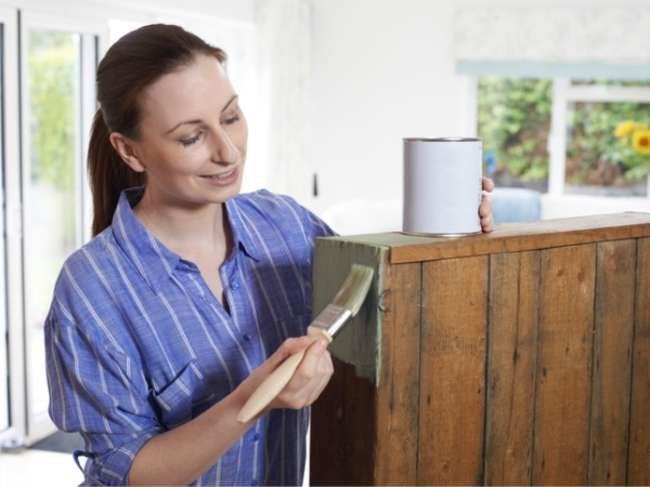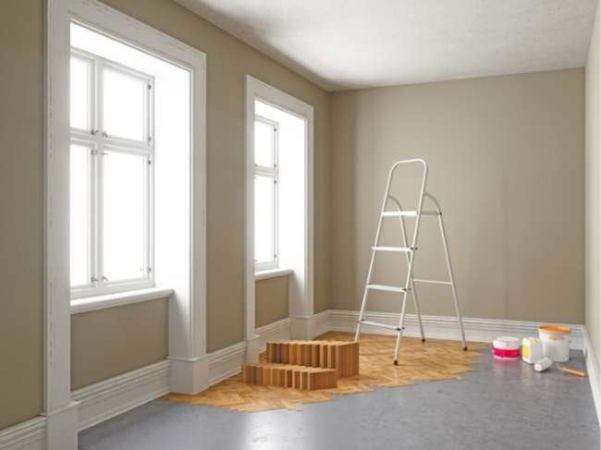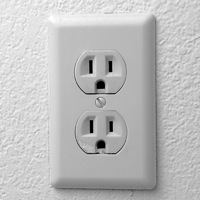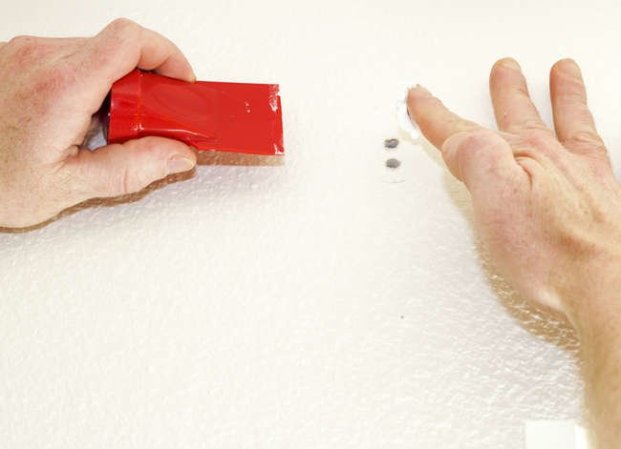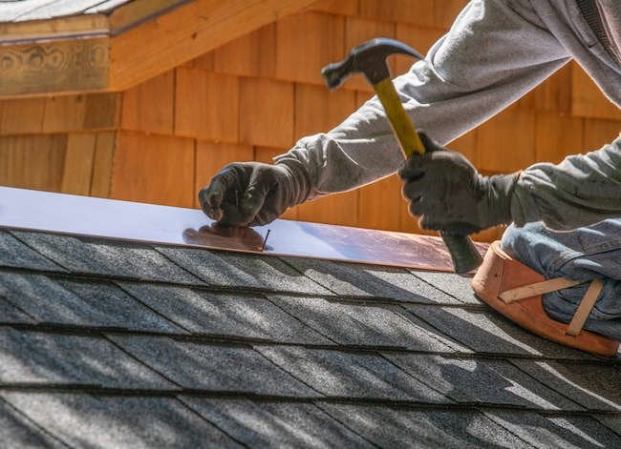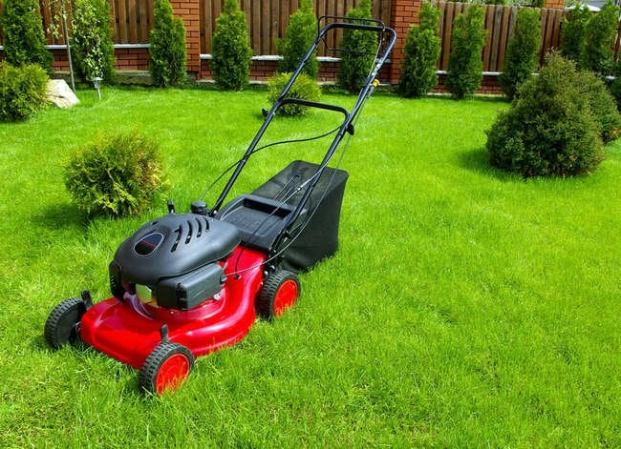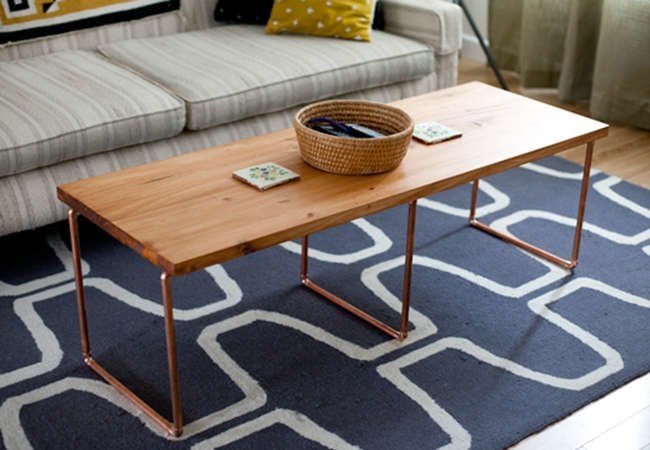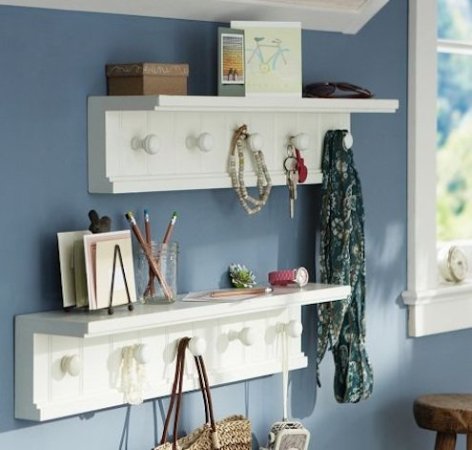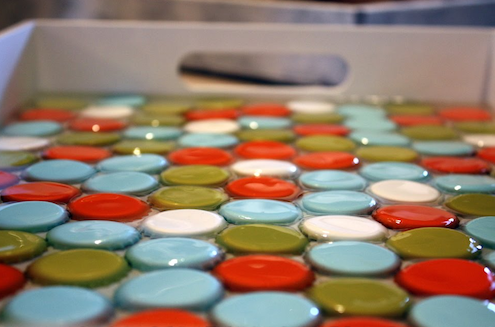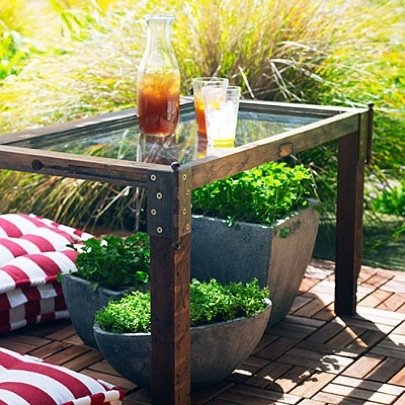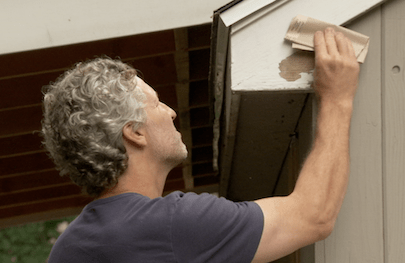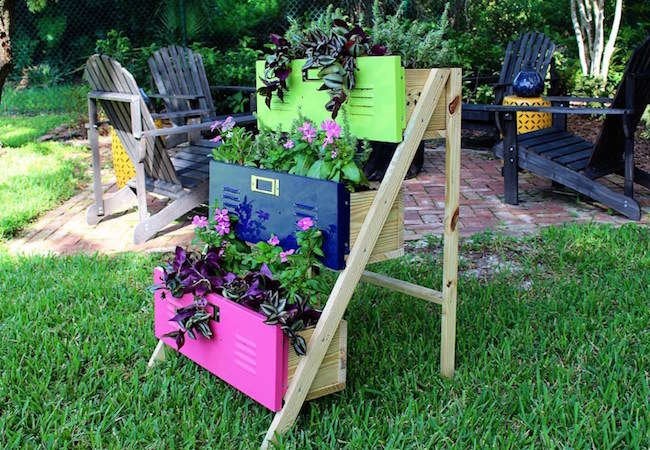We may earn revenue from the products available on this page and participate in affiliate programs. Learn More ›
Scraps and Leftovers
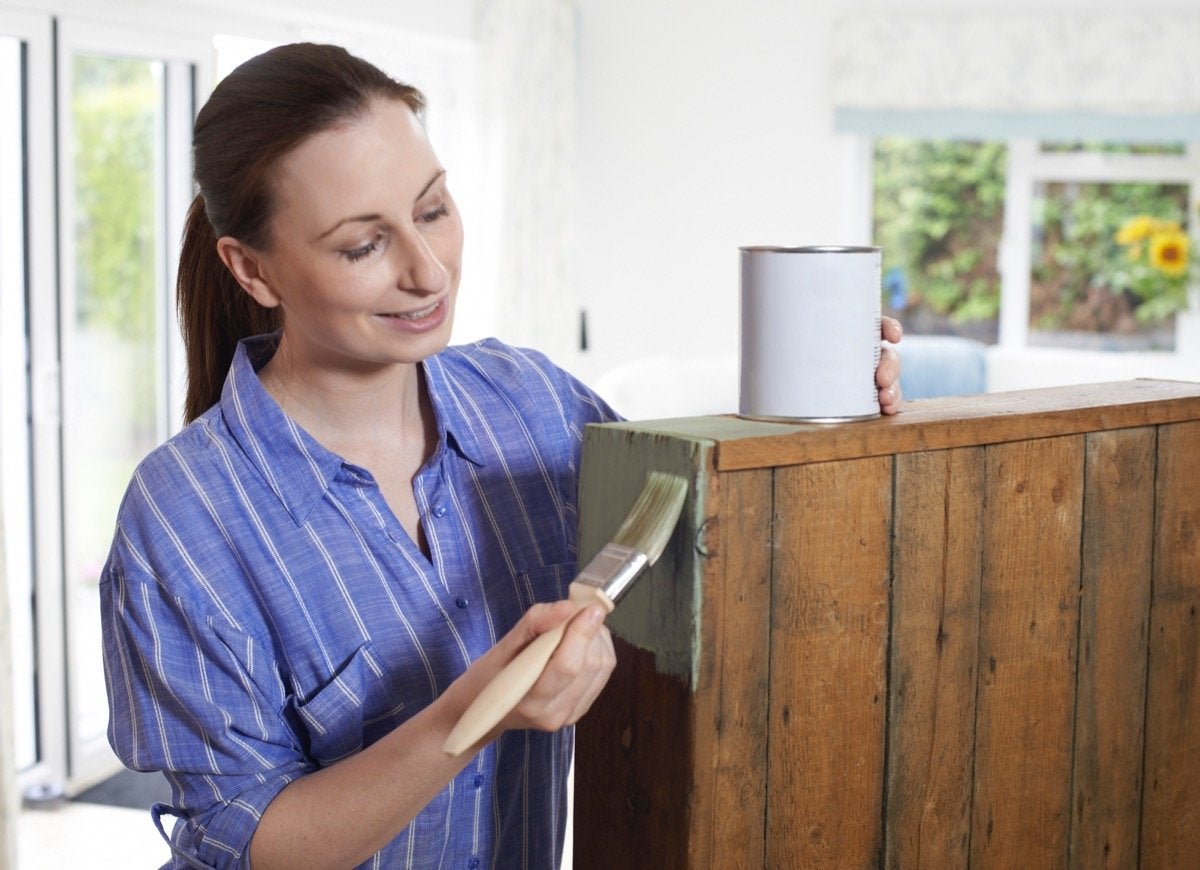
You would be surprised at what you can do with scraps. A few leftover boards or a discarded shipping pallet can become a storage cubicle or shoe cubby, and those half-filled cans of paint and stain that line the shelves in the utility closet can be put to good use on touch-ups or small jobs. You probably have plenty of DIY-ready supplies on hand that you can use to complete little projects you’ve been putting off. Now’s your chance to do them—without having to go shopping first.
Separate Perennial Plants
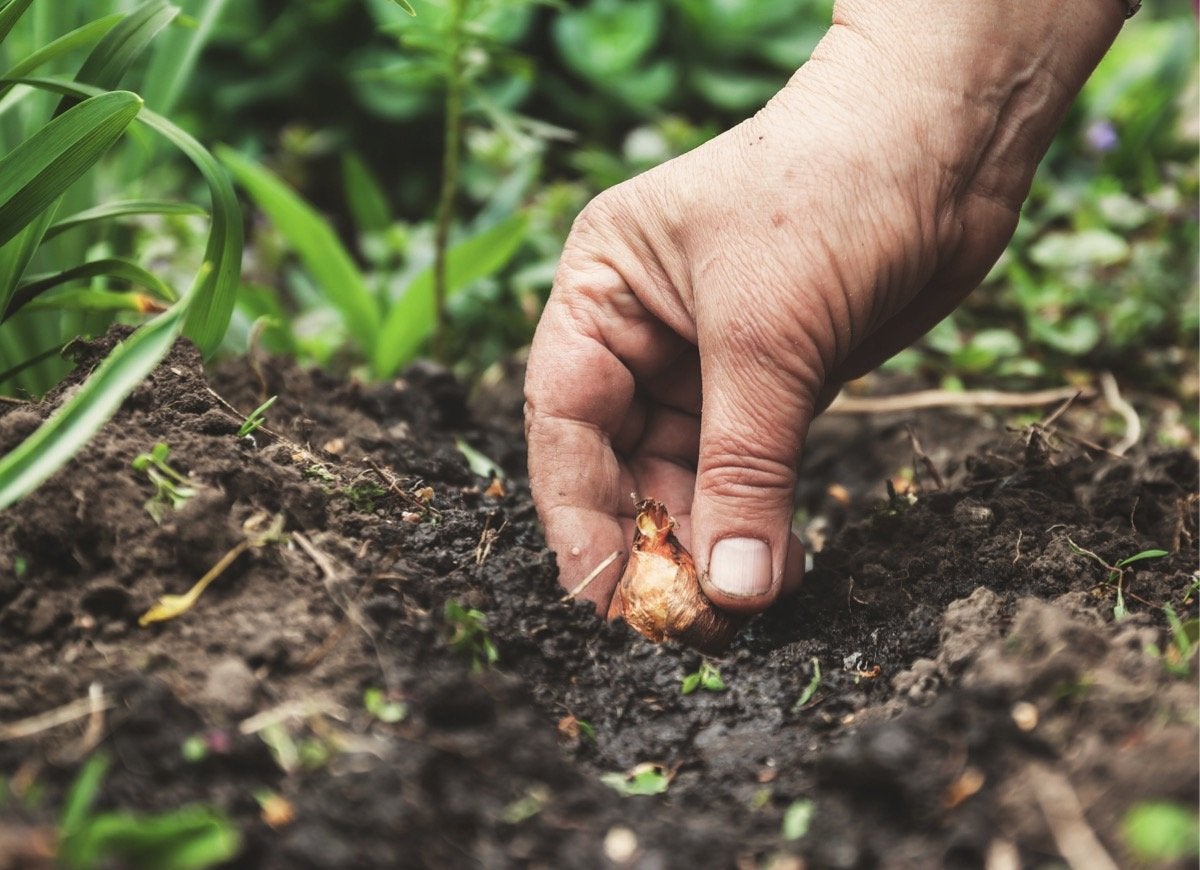
Every three to four years, certain types of flowering perennials, such as tulips, irises, and peonies, need to be separated in order to keep their bulbs or roots from becoming crowded. Put on your kneepads, grab a hand trowel, and start digging. After separating small new roots and bulbs from the main rootstock, plant the smaller bulbs in a new location. Not only will the original plants bloom more profusely, but you’ll also enjoy a whole new crop of flowers next summer from the transplanted roots and bulbs.
Start Composting
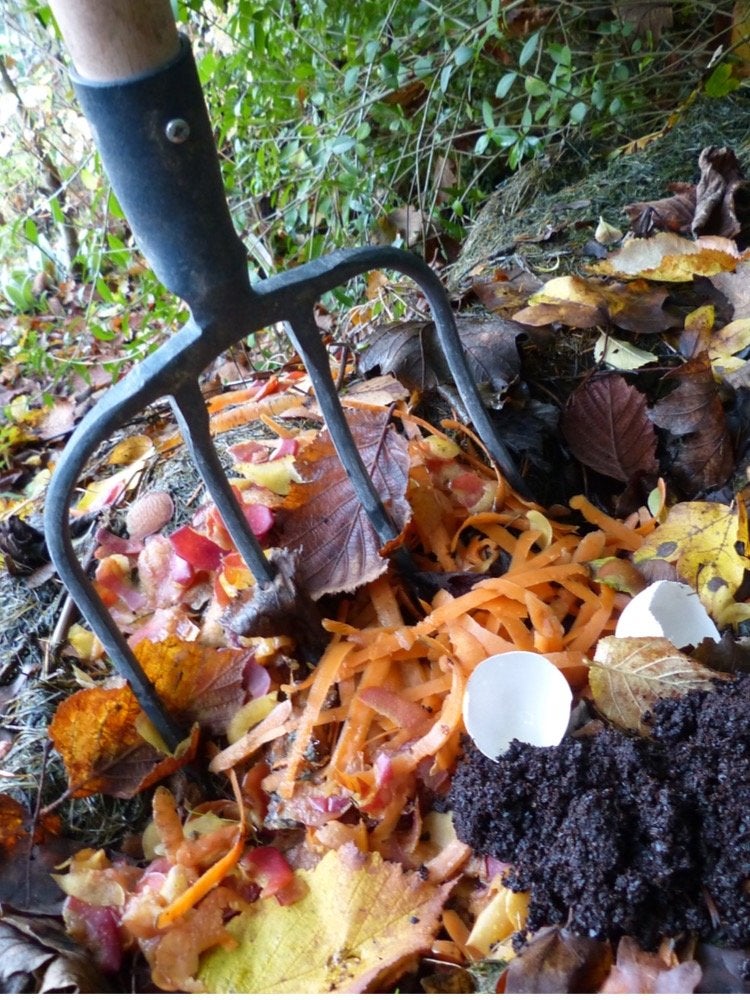
You don’t need a fancy compost bin to recycle plants and kitchen waste—just start a pile on the ground from dry leaves, hay, leftover fruits and vegetables, and other household composting ingredients. Wet it down daily, and as the pile decomposes, turn it over with a shovel and dampen it some more. In a few months, you’ll have a rich, dark pile of compost that will be better for your vegetables and flowering plants than any store-bought fertilizer.
Strip Wallpaper
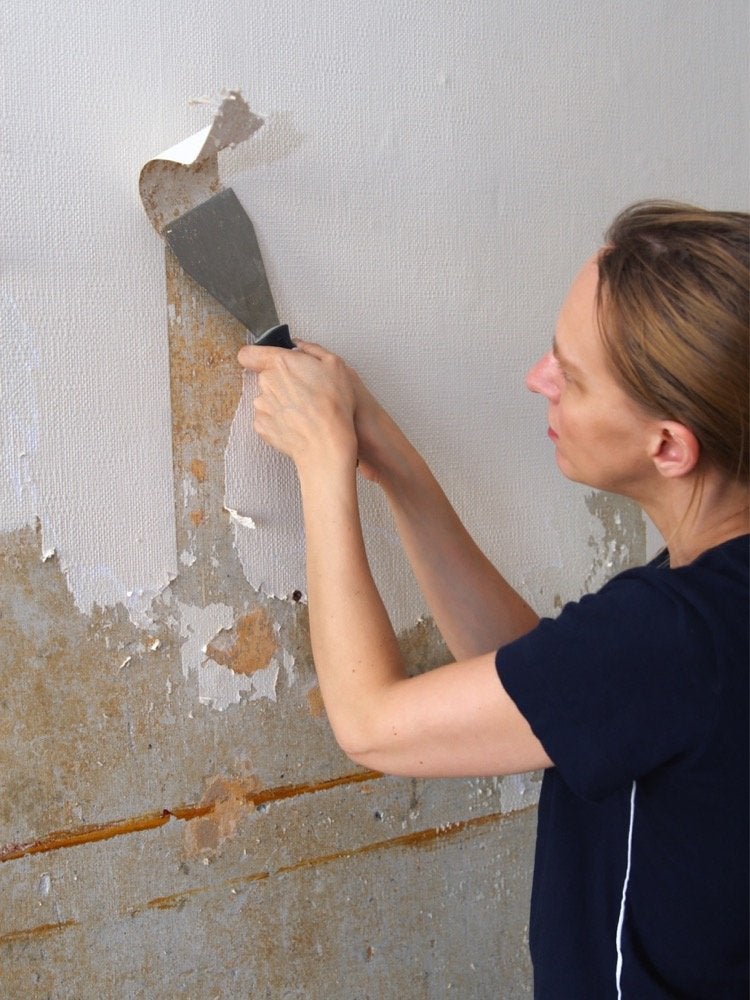
You don’t need any special supplies to get rid of that orange flocked wallpaper that’s been an eyesore since you moved in, so get to it! Simply spray the wallpaper with warm water (a pump sprayer works well), let it soak in for 10 to 20 minutes to soften the old wallpaper paste, and then scrape the paper off the wall with a large putty knife or taping knife.
Related: 7 Reasons to Reconsider Wallpaper
Fix a Sticking Door
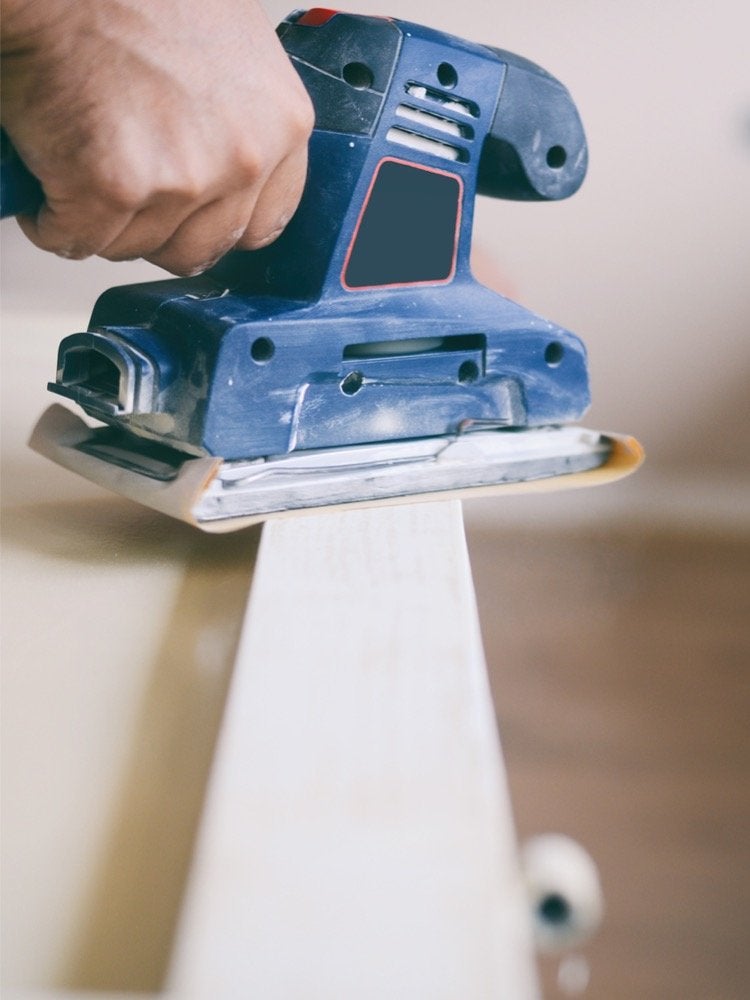
It’s not hard to fix a door that’s sticking and won’t close easily. Note where it’s sticking (top, bottom, or side), and mark the area with chalk. Remove the door from its hinges and either sand or plane down the chalked area before putting the door back on its hinges. It’s best to remove just a bit at a time until the door closes smoothly.
Super Clean Windows
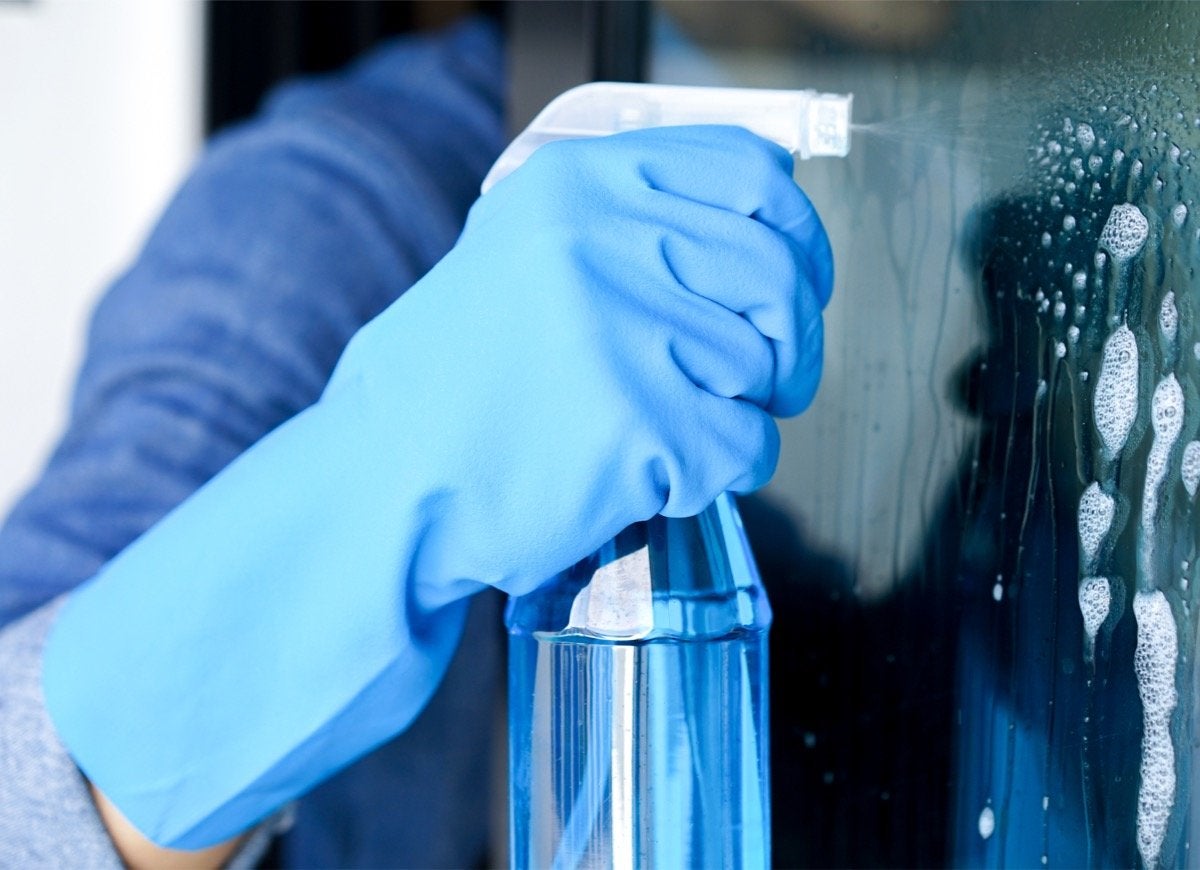
Professional window cleaners don’t just spritz the glass and then wipe with paper towels. That approach can leave hardened water deposits and a haze on the windows, making them look old and drab. To get your windows super clean, spray them with glass cleaner and then, while they’re wet, use a razor-blade scraper to remove the haze from the glass before wiping the windows dry with newspaper. Unlike paper towels, which can leave fibers on the glass, newspaper leaves only a streak-free shine.
Wash Screens
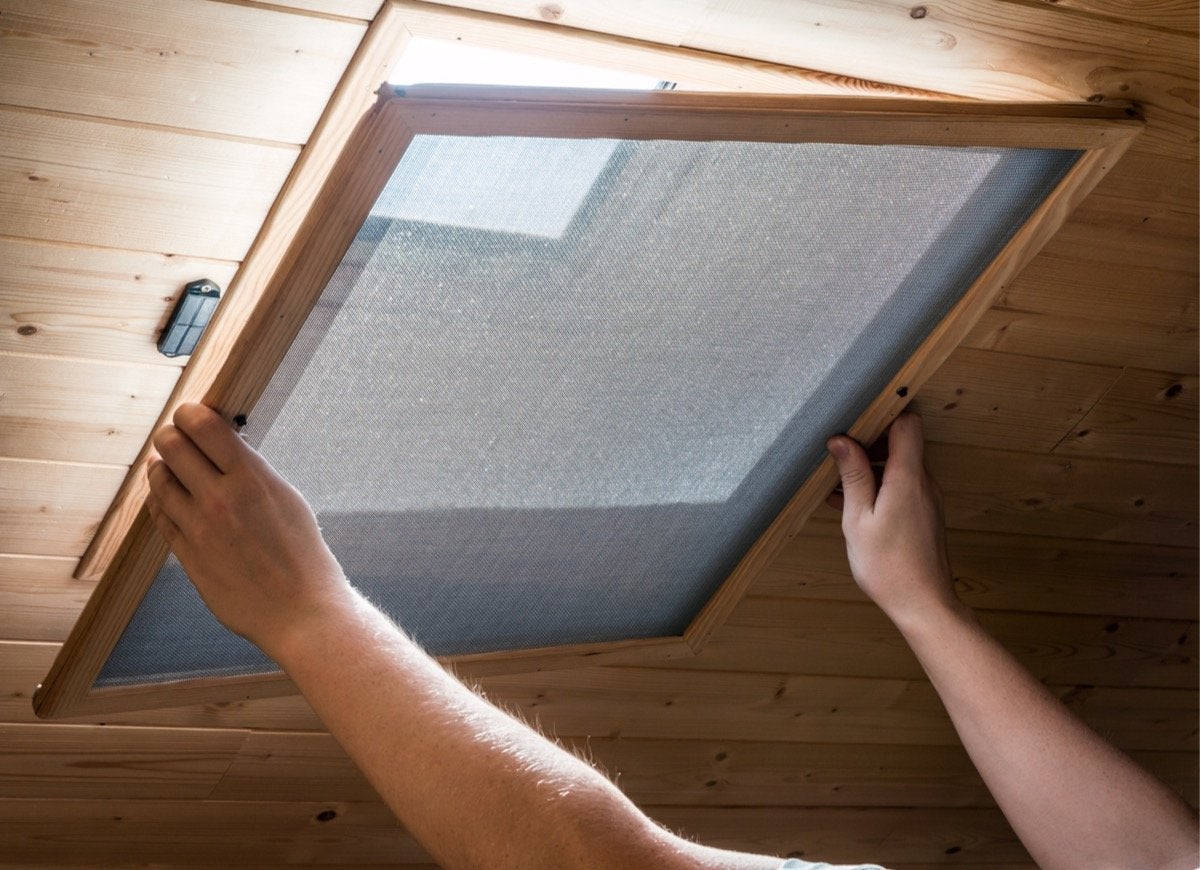
Once your windows are sparkling clean, you won’t want dirty or buggy screens to mar their look. To give your screens a good cleaning, remove them and take them outdoors. Spray them with a diluted solution of two tablespoons liquid dish soap in one quart of warm water. Leave the solution on for a few minutes to soften dirt and dust before rinsing the screens off using the fine spray setting on your garden hose nozzle. Air-dry completely before replacing the screens.
Update Decor with Fruit Dye
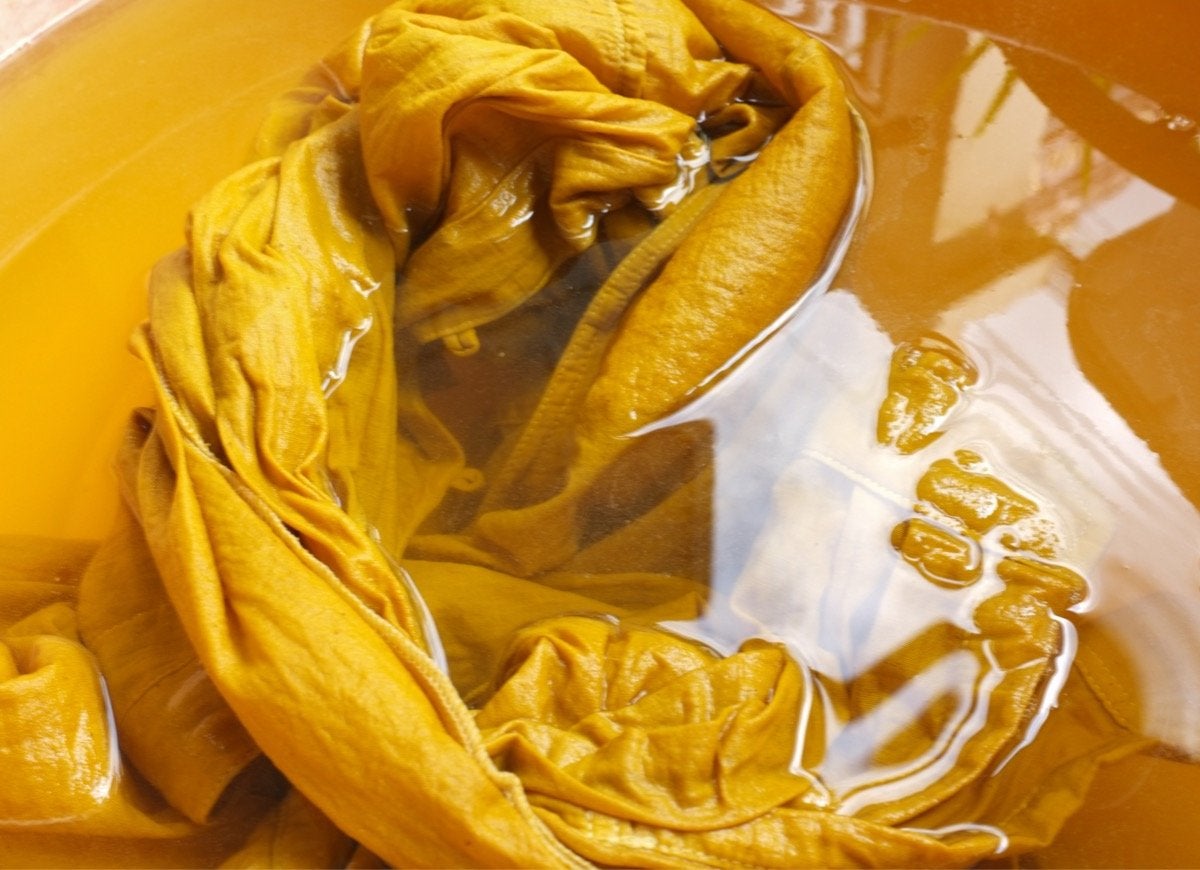
Update a room’s look by giving pillow covers, curtains, or throws a fresh new color using natural dyes made from fruits. To make a basic fruit dye, add 1/4 cup salt to four cups of water in a large pan or Dutch oven and bring to a boil. Add at least two cups of chopped fruit, and simmer the mixture for one hour before cooling and straining, at which point you can use it to dye your fabric. Blueberries and cherries make a pinkish-purple dye, lemon peels create a soft yellow hue, and blackberries and blue grapes yield a silvery gray shade.
Build a Shelf
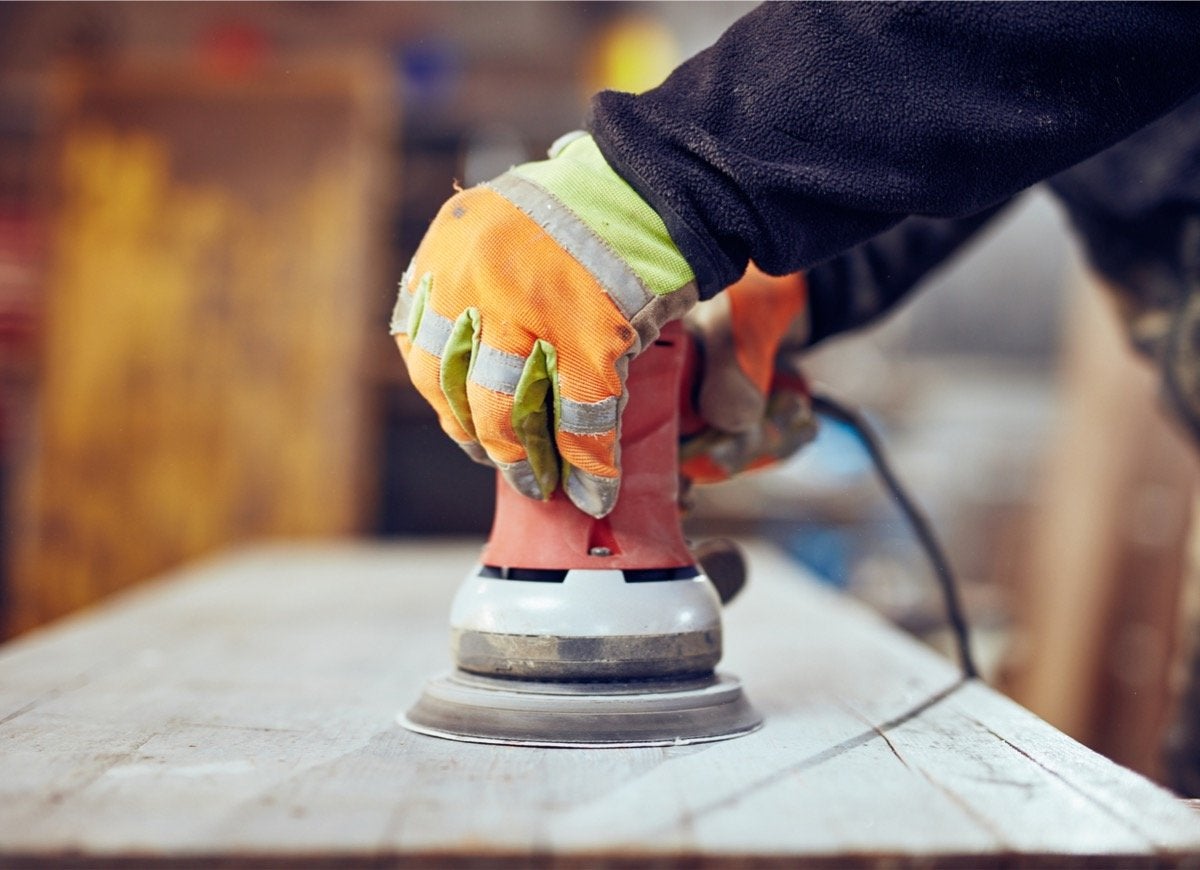
If you’ve got an extra board or two lying around after your last project, put it to good use by building a shelf for the garage or a room in the house. You can make the shelf as fancy or as plain as you’d like—leave it rough and unsanded for use in a garage or workshop, or sand it ultrasmooth and apply stain and varnish for installation in your home. Wherever you put it, you’ll appreciate the extra storage space.
Paint Old Furniture
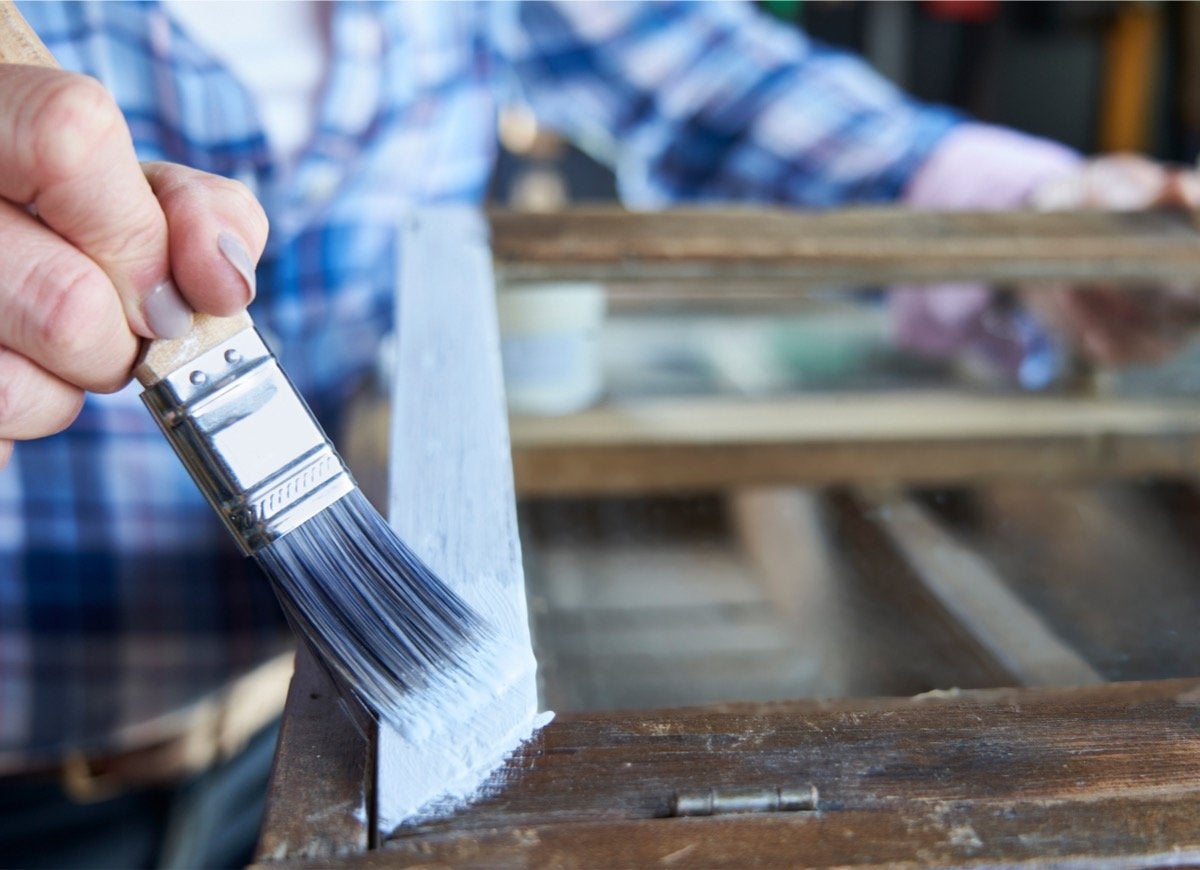
Give a worn stool or toy box a new look with a fresh coat of paint. If you don’t have enough leftover paint in one color to cover the whole thing, try mixing different paints together to come up with a whole new color. Just be sure to mix only paints of the same type—oil with oil, and latex with latex.
Start an Herb Garden
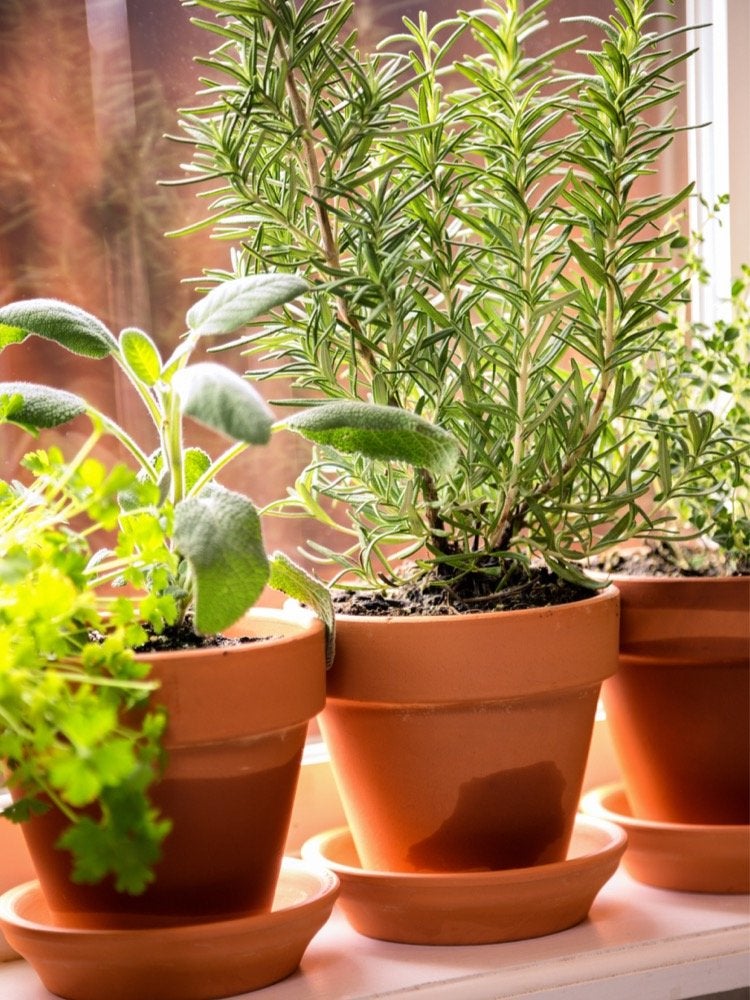
You can start an herb garden without buying any seeds! Instead, look through your spice rack for whole-seed herbs, which can grow as well as seeds from a packet. Common whole-seed herbs include dill, caraway, coriander, chia, and flax. Sow in an outdoor garden or fill small pots or plastic cups with soil for growing on a sunny windowsill. Before long, you’ll be harvesting your own herbs.
Related: 20 Ways to Garden Without a Backyard
Clean the Gutters
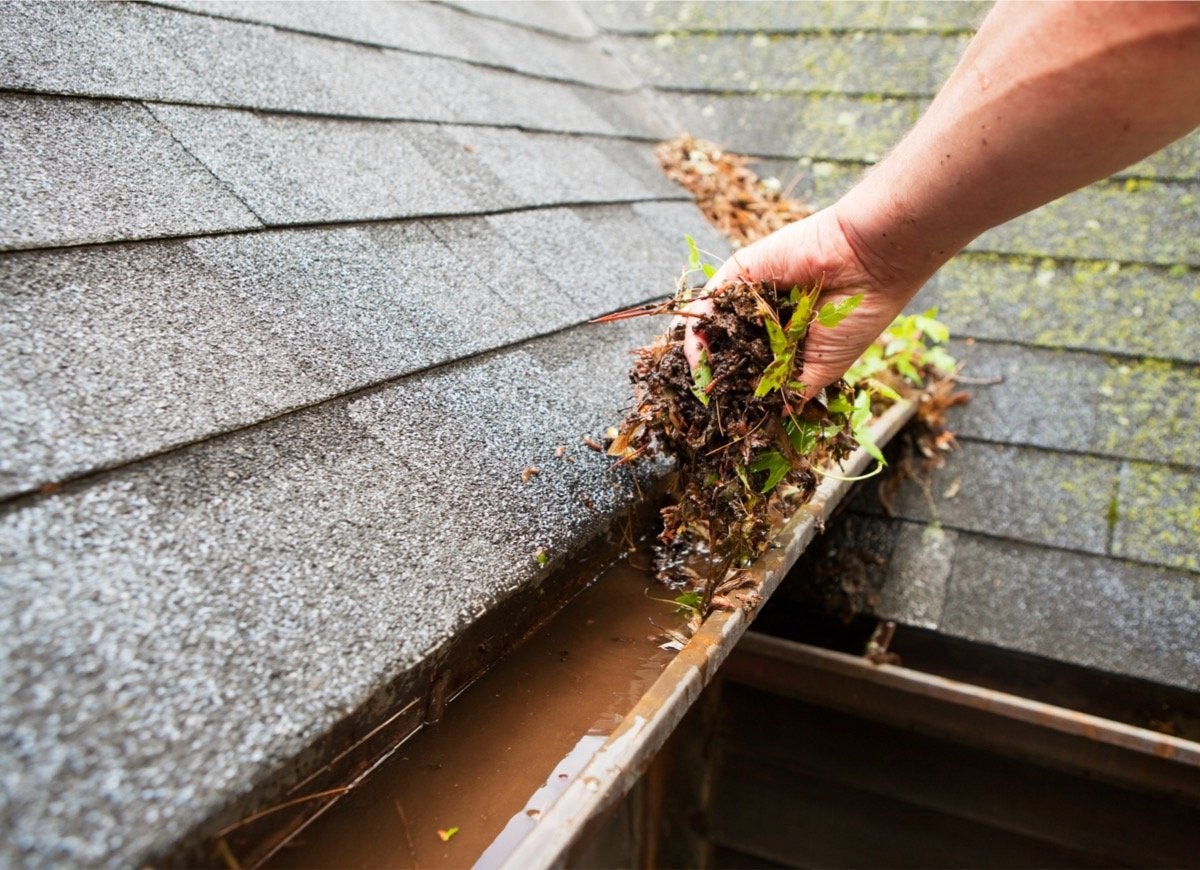
Cleaning the gutters isn’t the most glamorous job, but it has to be done regularly, and it doesn’t require any special supplies. All you need is a sturdy ladder (and a friend to spot you) and a hand-held rake to remove dead leaves and debris. Optimally, gutter-cleaning should be done twice a year—in the spring and again in the fall—but if you can do it only once, do it in the fall after the leaves are gone from the trees, so your gutters will be clear as you head into winter.
Sharpen Mower Blades
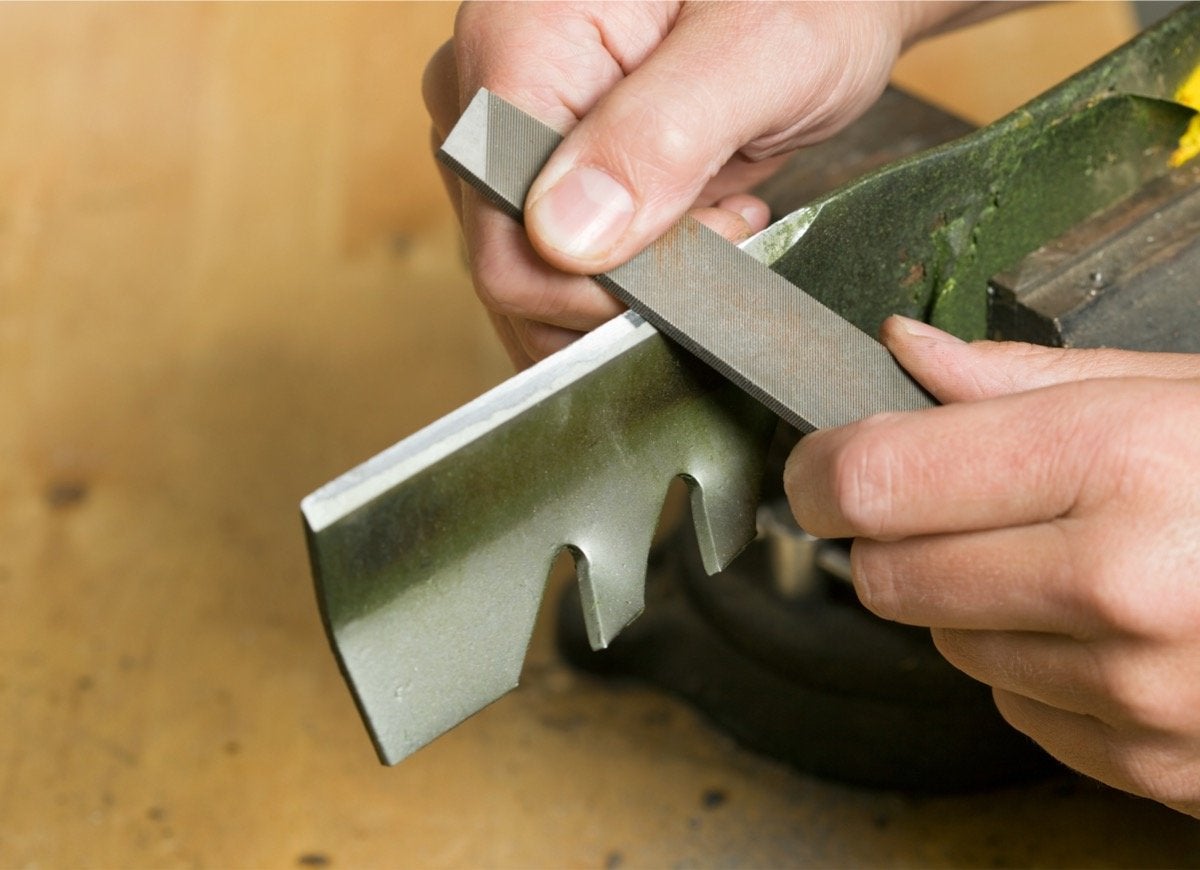
Your grass will be healthier if your mower blades are sharp. Dull blades tend to tear the grass, while sharp blades make a clean cut that reduces damage and stress to the grass. To hone your mower’s blades, remove them from the mower, and then use a metal file or rasp to sharpen the cutting edges. With newly sharpened blades, your mower will cut better and your lawn will be less disease-prone.
Related: 14 Mowing Mistakes Everyone Makes
Demineralize Shower Heads
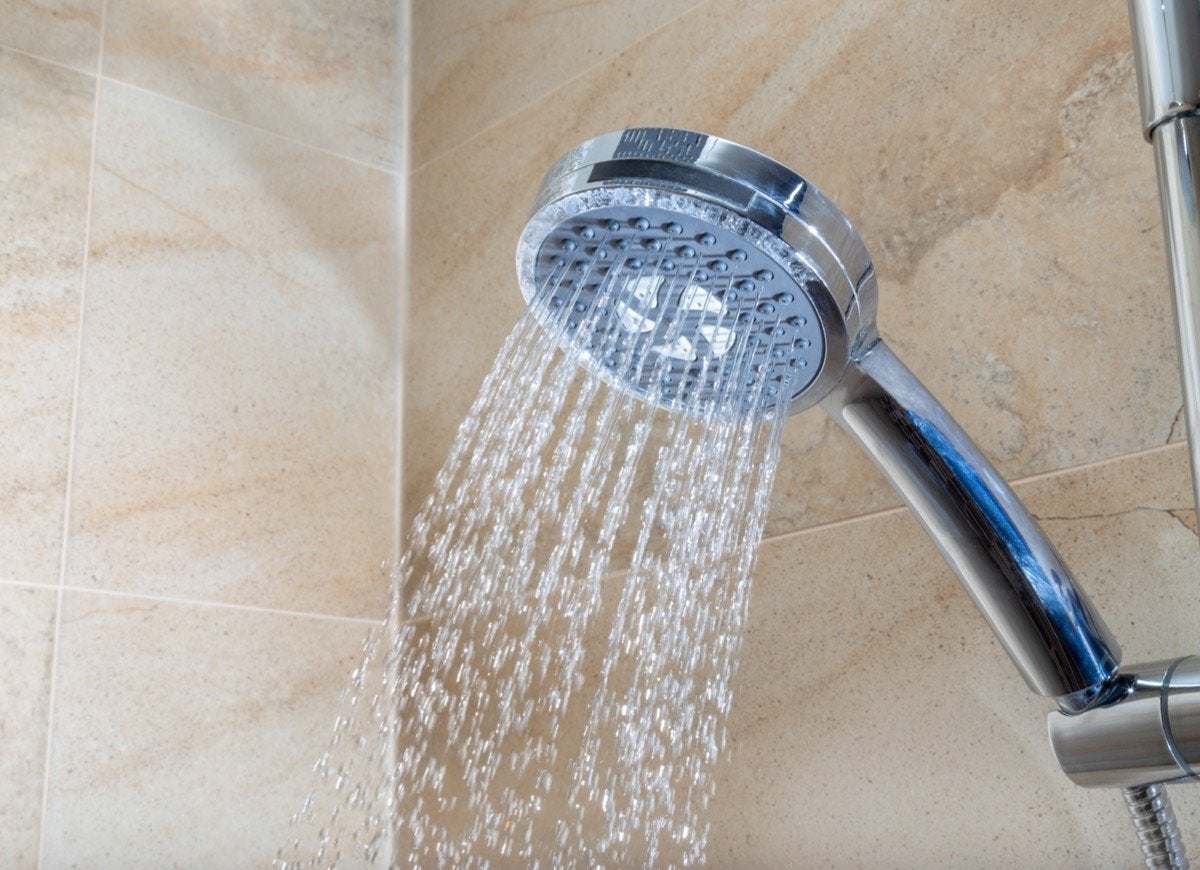
If that old shower head is spraying out sideways or delivering a mere trickle of water, it can be tempting to toss it and buy a new one, but wait. Over time, the spray holes in a shower head can become clogged with hard water deposits, and this reduces the quality of the spray. To get rid of the deposits, fill a plastic bag with white vinegar and tie it over the shower head so that the entire head is submerged in the vinegar. Leave it on overnight or for up to 24 hours. The acidic vinegar will dissolve the hard water deposits, and you’ll be able to enjoy an invigorating shower once again.

